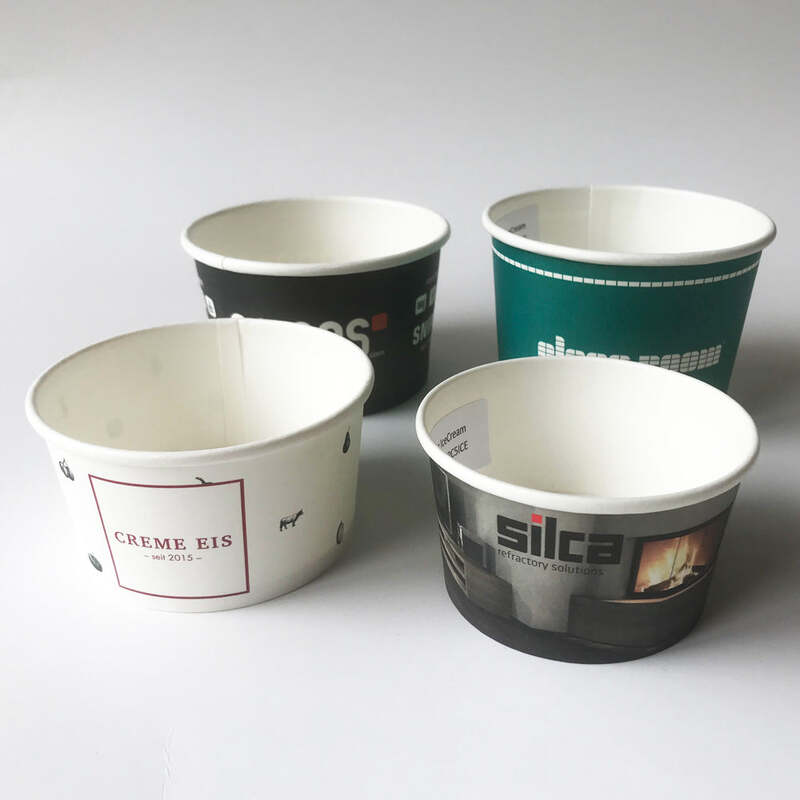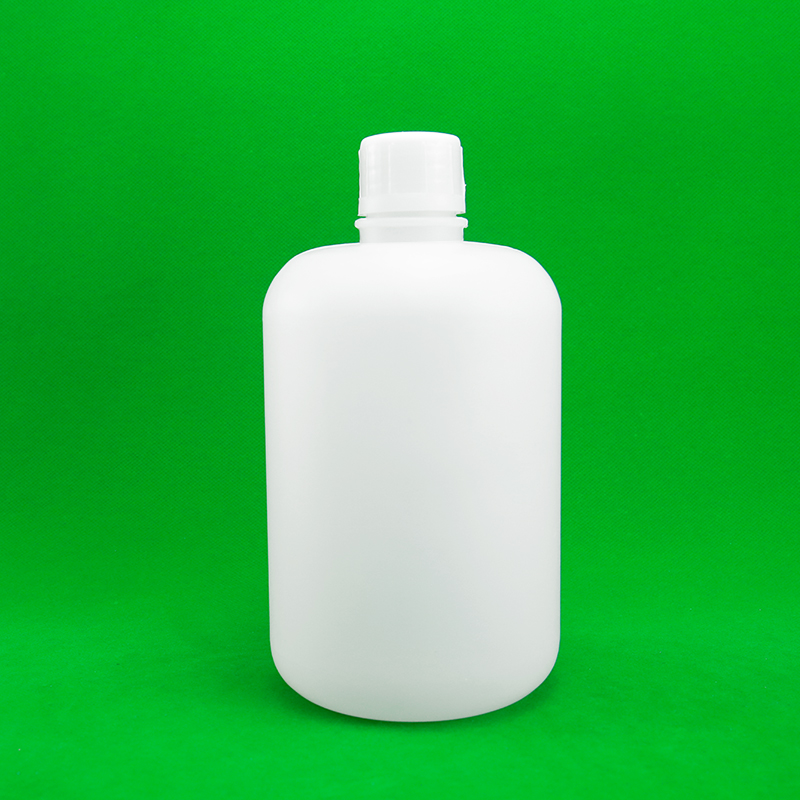In the dynamic world of DIY projects and professional framing, backing boards stand out as a critical component, offering both functionality and aesthetics. A backing board, often overlooked, plays a pivotal role in preserving, supporting, and enhancing framed art or collectibles. This article delves into the specific attributes of backing boards and how their selection can significantly impact the end product.

A backing board, primarily used in framing, acts as the supportive foundation placed behind the artwork. Its primary function is to provide stability and protect the artwork from physical damage and environmental contaminants. In the context of museum-quality framing, the choice of a backing board can make a substantial difference in preserving valuable pieces. Many experts assert that acid-free or archival-quality backing boards are non-negotiable for long-term preservation, as they prevent damage from acidity, which can degrade paper and artworks over time.
The diversity in material choice for backing boards accommodates a variety of needs and budgets. Common materials include foam core, corrugated plastic, and hardboard. Foam core backing boards, known for being lightweight and easy to cut, are particularly popular. Their acid-free variants ensure that the delicate balance between cost-effectiveness and item preservation is maintained. Corrugated plastic, on the other hand, offers superior moisture resistance, making it ideal for environments prone to humidity changes. Hardboard, praised for its durability, is often employed in frames that require additional support.

The use cases for backing boards can extend beyond traditional art framing. In the realm of comic book preservation, backing boards are indispensable. Grading services, such as CGC, can place a comic's value at hundreds or thousands of dollars based on its condition. Sturdy, acid-free backing boards, paired with protective sleeves, are routinely used by collectors to maintain the mint condition of their comics, thereby preserving their investment.
backing board
As the DIY culture permeates mainstream society, crafting enthusiasts have found innovative uses for backing boards. They serve as excellent bases for bulletin boards, scrapbooking, and homemade photo frames. Their adaptability makes them a favorite among creators looking to produce professional-looking results without the associated costs.
Choosing the right backing board involves understanding the specific needs of the project. For every scenario, one must assess the environmental conditions the item will be exposed to, the intended longevity of the piece, and the framing aesthetic. Consulting with framing professionals or engaging in forums dedicated to painting and photography can provide deeper insight, ensuring that the selection not only enhances the visual appeal but also safeguards the artwork's integrity for years to come.
In conclusion, the backing board is more than just a ‘backbone’ for frames. It is an integral component that influences the overall outcome of the framing process. Mastering the intricacies of backing board material choices can elevate one's expertise in framing, offering reliable and professional results. As more individuals and professionals appreciate its significance, the backing board continues to cement its status as an essential tool, underscoring the importance of informed and deliberate material selection in framing endeavors.



